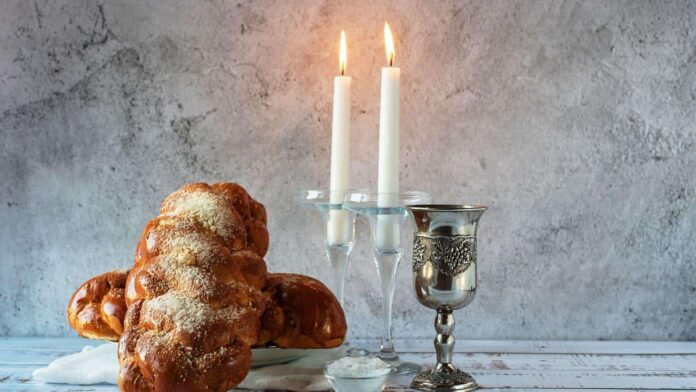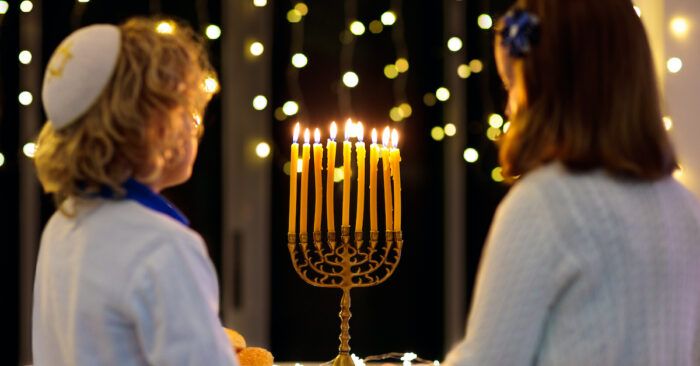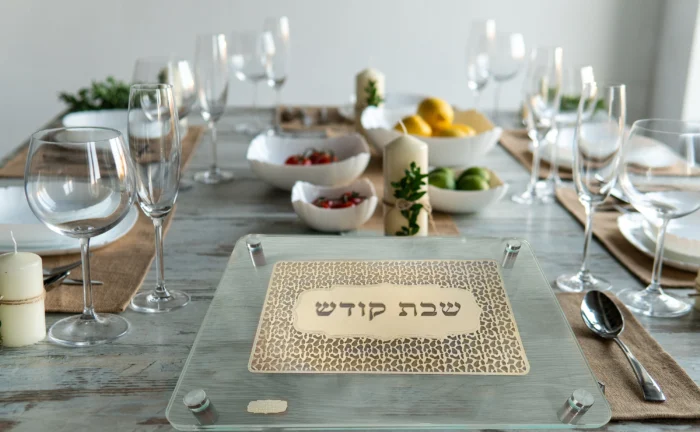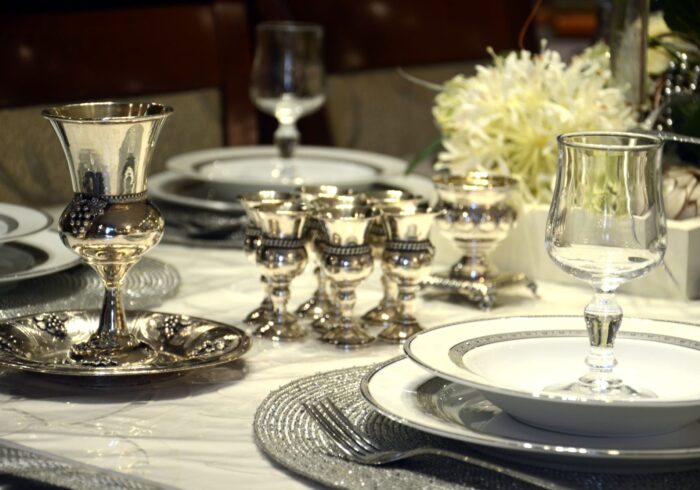
Food is an essential part of the Jewish religion, to the point where it would almost be impossible to practice Judaism without it. Whether it’s matzah during Passover or latkes during Hanukkah, food has become a symbolic staple of the religion since the very beginning, sitting at the center of every Jewish holiday and forming the basis of how that holiday is celebrated.
This is why memories of childhood holidays are accompanied by the sweet, nostalgic aromas that were seeping out of the kitchen at the time. With such an emphasis on food, it is always a given to cook things from scratch and try to make the meals as special as possible. After all, in Judaism, you are not just cooking for your family and your guests. You are cooking in the memory of your ancestors and honoring God as their savior.
The Challenge Of Jewish Holidays

Most are up to the task, albeit with the occasional trip down to the Kosher corner shop for a little extra help. But just as food is intrinsic to the Jewish religion, so too is it intrinsic to the blood of anyone who has grown up with it. In fact, it is arguably more of a challenge to present the food rather than cook it. Although many Jews can whip up gefilte fish for Passover or a beautifully woven challah for the Sabbath, many more find it difficult to set up a table that compliments their beauty and elevates their meaning.
What do you mean, we hear you ask? Surely a table is a table and a fork is a fork. Well yes, but there is a difference between a well-set dining table compared to a Jewish dining table which tells the story behind the food and acts as the spiritual stage for the holiday itself.
The Supporting Character
It is important to remember that, during the most prestigious Jewish holidays, your guests will spend most of their time in the dining room. In this way, it is just as important to make the dining room a supporting character for the food you have created.
After all, they didn’t hang up the Mona Lisa in a so-so town hall beside the local corner shop. They hung it up in the spiraling stone architecture of the Louvre. The house of art is arguably just as important as the art itself. It dictates how the art is going to be received, so it is your duty to create a dining space that allows the art of your food to be received in the best way possible.
How Do You Turn Your Dining Table Into The Louvre?

Well, in all honesty, you don’t have to go that far. Your cooking might be good, but you’re probably not baking the Mona Lisa of all challahs, no matter what your grandma might tell you. What you should be striving for is a dining room that sets the scene and makes your guest want to spend their time inside of it.
It’s hard to put a finger on, but there is always something a little cold about dining rooms. They are often either one-note or under-decorated, so even the most simple reformatting can do wonders to set it alight, give it some warmth and allow it to tell the story of your food.
Candles Can Place You In The Past
Candles are both perfect for instilling a good atmosphere and honoring the very early days of Judaica celebrations. During the Sabbath, the Torah forbids Jews from kindling fire, meaning many Jews would have to eat their meals by candlelight lit before sunset.
Layering your dinner table with candles and avoiding electric light can further honor this tradition, whilst also creating a unique and traditional atmosphere for your guests to enjoy the food. Even if you are not celebrating the Sabbath specifically, candles are perfect for adding some warmth to your dining room. As well as this, the deep orange glow they cast upon the food makes it look even better than simply placing it down underneath electric light.
Add A Sense Of Luxury

Telling the story of the holiday without any words can be a little difficult, but dinner sets themselves can be a great way to achieve this. It’s easy enough to simply lay out your table with a collection of plates, cups, and cutlery, but taking the time to seek specific holiday sets can be a great way to represent the story of the holiday whilst also instilling more of a luxury feel to the celebration.
They are pretty easy to find, too. Sites like Nadavart, for instance, offer a number of beautiful, sterling silver dinner plates, cups, and cutlery that can be sent right to your door. It may seem like a small thing, but even something as simple as a dinner set can lift the dining experience up by a few notches, making every holiday feel luxurious, beautiful, and designed to last in the memory forever.
Lay Out The Red Carpet
A centerpiece along the spine of the table is another simple but effective addition, especially for meals involving a number of small dishes. For instance, if you are preparing matzo ball soup for Passover, it can be a great idea to display the dishes down the center of the table. This way, when your guests enter the dining room, they will feel an immediate impact. The room will be full of beautiful aromas from the hot broth, and the steam will be intertwining around the candlelight to create a beautiful, scenic image.
A table runner can also be a great choice to give it an undertone. Even if you choose not to use the dishes themselves, the likelihood is you will want to include a bit of décor along the spine of the table, such as flowers, spice boxes, or fruit bowls. A table runner can roll all of these decor ideas out in style, and there are many Hebrew and holiday-specific runners which can give the dining room a sense of occasion and context













